What are Individualized Education Programs (IEPs)?
Individualized Education Programs, or IEPs, are personalized plans designed to help students with disabilities succeed in school. These programs outline specific goals, accommodations, and services tailored to each student’s unique needs. IEPs are developed collaboratively by parents, teachers, and school staff to ensure that the student receives the support necessary to thrive academically and socially. IEPs are legally binding documents that ensure a student’s educational needs are met and are regularly reviewed to track progress and make necessary adjustments.
Why are IEPs important for students?
Individualized Education Programs, or IEPs, are crucial for students because they tailor the educational experience to meet each student’s unique needs. IEPs provide personalized goals and strategies to help students succeed in school. They ensure that students with disabilities receive the necessary support and accommodations to access education effectively. By outlining specific objectives and accommodations, IEPs help teachers, parents, and students work together to create a supportive learning environment that maximizes academic and social growth.
Benefits of implementing IEPs
IEPs are designed to meet the specific needs of each student. They can help students with special needs receive personalized support and accommodations to excel in their education. With an IEP in place, students can access specialized services, resources, and academic modifications tailored to their unique requirements. This individualized approach aims to ensure that every student has the opportunity to learn and succeed based on their abilities and challenges.
Key components of an IEP
An Individualized Education Program (IEP) is a plan designed to help students with special needs succeed in school. Each IEP contains key components to ensure the student receives the support they need. These components include:
-
Present Levels of Performance: This section outlines the student’s current academic achievement and functional performance levels.
-
Annual Goals: Goals are set for the student to achieve within a year to address their specific needs.
-
Special Education and Related Services: Details the specialized support and services the student will receive to meet their goals.
-
Accommodations and Modifications: Describes the adjustments made to the student’s learning environment or curriculum to help them succeed.
-
Participation in Standardized Testing: Outlines how the student will participate in standardized testing, along with any accommodations.
-
Transition Services: For older students, this section focuses on preparing them for life after high school.
-
Measurement of Progress: Explains how the student’s progress towards their goals will be monitored and reported on.
How are IEPs developed?
IEPs are personalized plans created for students with special needs to help them succeed in school. Here is how IEPs are developed:
-
A team that includes teachers, parents, and specialists works together to assess the student’s needs.
-
Specific goals and objectives are set based on the student’s strengths and challenges.
-
The team decides on the support services and accommodations required for the student to meet the set goals.
-
The IEP is reviewed periodically to ensure the student is making progress and adjustments are made as needed.
Involving parents and educators in the IEP process
Parents and teachers play a crucial role in creating an Individualized Education Program (IEP) for students. When developing an IEP, it’s essential to involve both parents and educators to ensure the plan meets the unique needs of the student. This partnership helps in gathering valuable insights from different perspectives to create a comprehensive and effective plan that supports the student’s learning and development.
Tailoring instruction and goals to meet students’ needs
IEPs are personalized plans designed to support students with special needs in education. These plans outline specific teaching methods, learning accommodations, and goals tailored to each student’s unique requirements. This individualized approach helps ensure that students receive appropriate support to succeed academically. Key components of an IEP include specific learning objectives, accommodations for tests, assignments, and classroom environment, as well as progress tracking to evaluate the effectiveness of the plan.
Monitoring progress and making adjustments
To ensure that your child’s IEP is effective, it’s crucial to regularly monitor their progress and make any necessary adjustments along the way. This involves keeping track of how well your child is doing with the goals set in the IEP and being open to modifying the plan if needed. Remember, the main goal of an IEP is to help your child succeed in school, so staying proactive in evaluating and tweaking the program is key to their academic growth.
Legal requirements and rights related to IEPs
IEPs are protected by federal law, specifically the Individuals with Disabilities Education Act (IDEA). This law ensures that students with disabilities have the right to a personalized education plan that meets their unique needs. Here are some key points about legal requirements and rights related to IEPs:
-
Parents have the right to be involved in the IEP process and provide input.
-
IEP meetings must be held annually to review and revise the plan as needed.
-
Schools are required to provide accommodations and services outlined in the IEP at no cost to the parents.
-
If a parent disagrees with the proposed IEP, they have the right to request mediation or a due process hearing.
Remember, IEPs are designed to support the academic success of students with disabilities.Ensuring successful implementation of IEPs.
It’s crucial to ensure successful implementation of Individualized Education Programs (IEPs) to support students with diverse needs effectively. Here are some key points to keep in mind:
-
Regularly communicate with all involved parties, including teachers, parents, and support staff.
-
Monitor and track the student’s progress closely to make necessary adjustments to the IEP.
-
Provide ongoing training and support to educators and staff members involved in implementing the IEP.
-
Collaborate with external professionals or specialists as needed to enhance the student’s learning experience.

